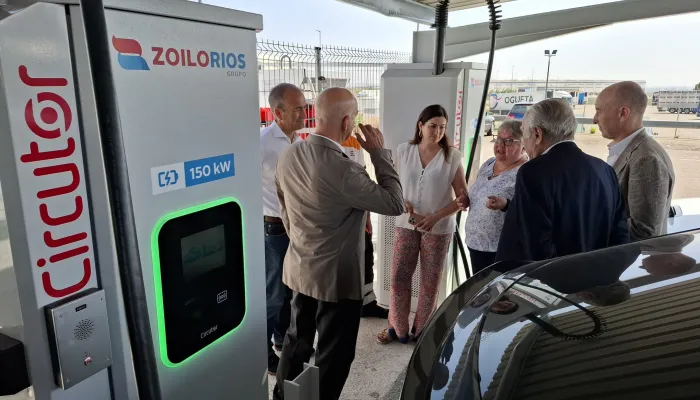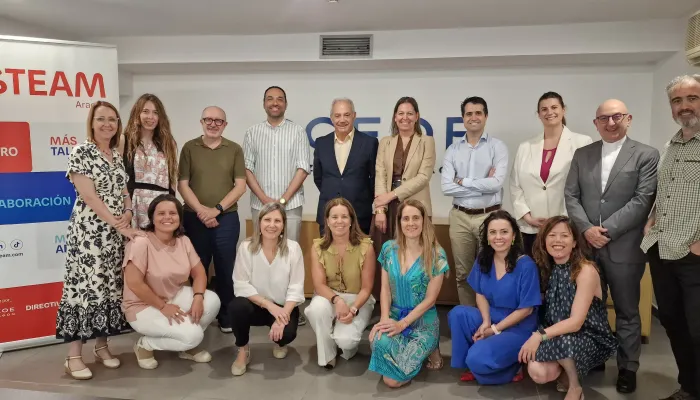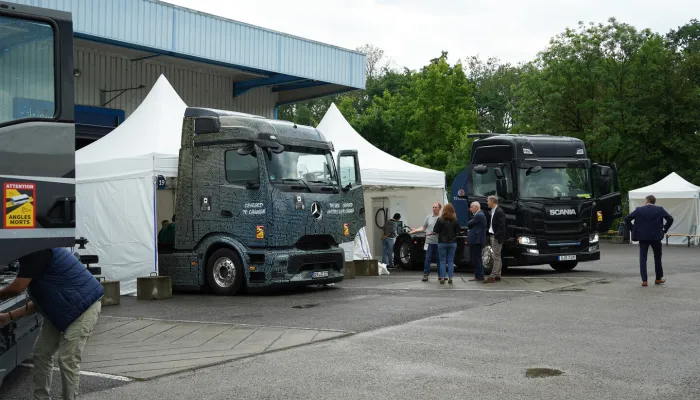CIRCE and Barcelona Supercomputing Center join forces to optimise energy consumption in the data centre sector

The Aragonese technological center CIRCE will collaborate with the Barcelona Supercomputing Center – National Supercomputing Center (BSC-CNS) to create and improve tools that help better understand and manage energy usage across continuous computing, which includes edge resources (known as edge computing in English), cloud, and high-performance computing (HPC). This involves developing methods and techniques to assess in detail the energy consumption of highly heterogeneous resources, aiming to efficiently distribute the workload according to computational needs.
This initiative is part of the ASCENDER project, a platform that seeks to develop an advanced software infrastructure that enables efficient and continuous data analysis, integrating various computing resources (such as Edge, Cloud, and HPC) to improve the energy efficiency and performance of data centers.
The project's general objective is to use advanced technologies to efficiently analyze large amounts of data, integrating Artificial Intelligence (AI) and Big Data platforms, along with planning methods that ensure the efficient use of resources. Additionally, it aims to integrate different computing technologies in a secure and continuous manner, from data capture at the edge to the cloud. These mechanisms will enable real-time selection of the most appropriate computational resources, thus optimizing data preparation and analysis while ensuring energy efficiency. The technological capabilities will be demonstrated in three key use cases for Spain: smart and safe mobility, sustainable and clean mobility in urban areas, and precision agriculture.
For example, in the use case of sustainable and clean mobility, the aim is to achieve continuous monitoring and calculation of car emissions in the city, using a distributed architecture that integrates IoT sensors installed at strategic points to capture real-time data on gas emissions. This data is initially processed on edge devices located near the capture points, performing filtering and preliminary calculations, reducing latency and the volume of transmitted data. The filtered data is then sent to the cloud, where more complex analyses and long-term storage are performed. For intensive processing tasks, HPC is used, ensuring that complex calculations and emission pattern modeling are efficiently carried out. CIRCE's challenge is to ensure that this combination considers energy consumption in decision-making regarding workload distribution, adding process efficiency to the improved air quality management in the city.
CIRCE will develop energy models and orchestration mechanisms
The Aragonese technological center will be responsible for developing models to characterize the energy consumption of computing resources, integrating them with the ASCENDER platform components, especially with the orchestrator, and providing support to validate the platform in specific use cases – such as sustainable mobility. These activities require a deep understanding of the computing elements, the planning and execution of energy consumption measurements, and the generation of indicators that will be used by the orchestrator to improve energy efficiency. This will add energy efficiency to the optimal performance of operations.
"This collaboration marks a significant milestone in the way energy is managed in the computing sector. Together, we will work to develop technologies that not only improve energy efficiency but also promote a more sustainable and efficient integration in data centers," says Andrés Llombart, CEO of CIRCE.
The innovative concept of continuous computing has become the backbone for processing large volumes of data, facilitating processing throughout its value chain, from data capture at the edge to storage and processing in the cloud and HPC. However, its operation involves considerable energy consumption. In this context, energy efficiency has become a crucial priority, both for its environmental impact and the associated operational costs. The implementation of technologies and strategies that reduce energy consumption without compromising performance is essential for the long-term sustainability and viability of these centers.
The collaboration between BSC and CIRCE – Technological Center promises to set new standards in the supercomputing industry, benefiting both the environment and the competitiveness of the sector.

About CIRCE
CIRCE is an internationally recognized technological center, located in Zaragoza, dedicated to improving the competitiveness of companies through the maturation and transfer of cutting-edge technology and innovative solutions in energy efficiency and sustainability.
About BSC
The Barcelona Supercomputing Center is one of the leading supercomputing centers in Europe and houses one of the world's most powerful supercomputers, MareNostrum 5. Its specialty is high-performance computing (HPC), and it serves a dual purpose: providing supercomputing infrastructure and services to Spanish and European scientists, and generating knowledge and technology for societal transfer.
de
Latest news






